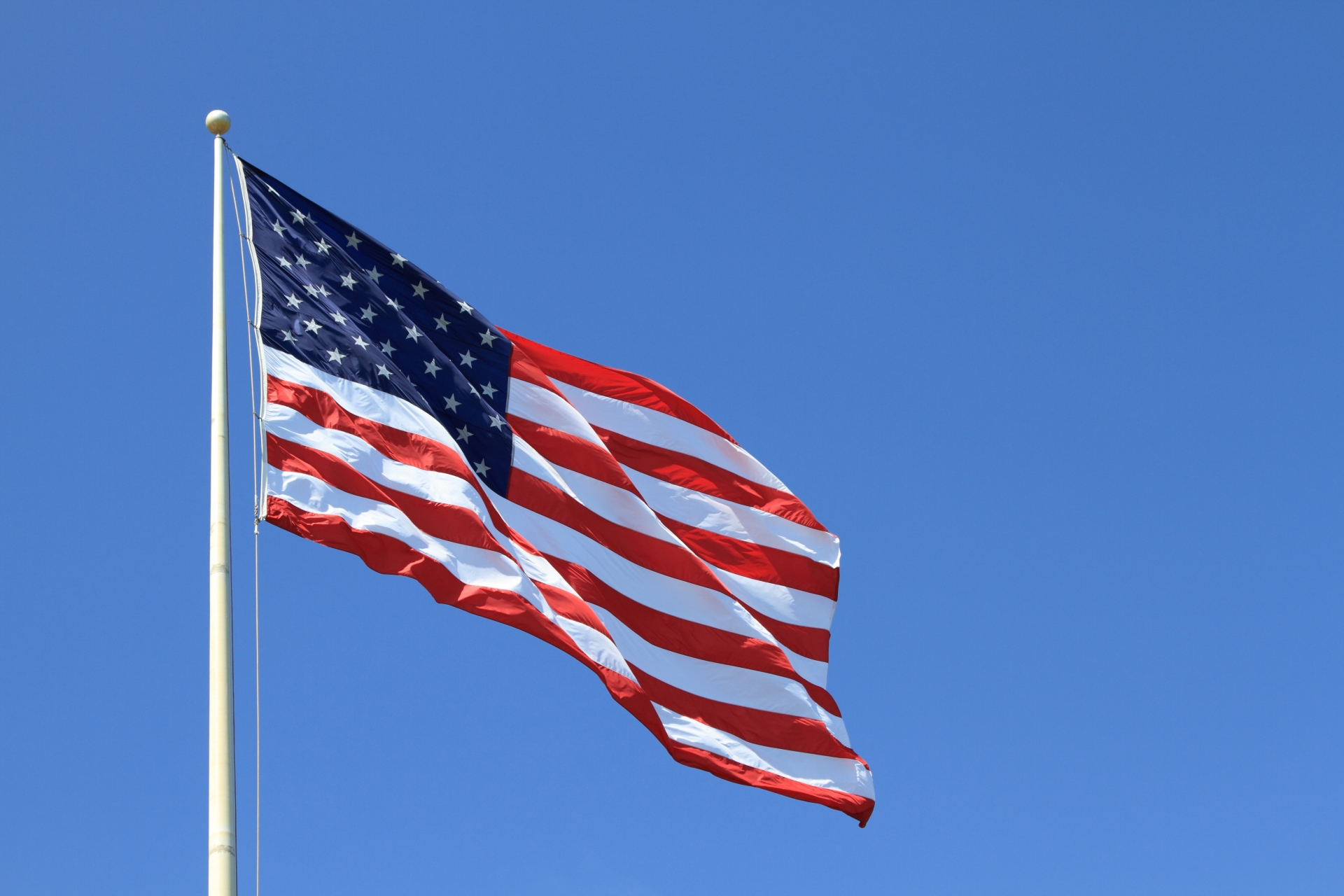Why Does Iowa Get So Hot in Summer? Causes and Countermeasures
[Reasons Why Iowa Gets Hot]
1. Geographical Location and Inland Climate
- Located in the inland region of the American Midwest, Iowa lacks the moderating effects of the ocean, which makes it prone to extreme temperature fluctuations.
- In summer, hot and humid air from the Gulf of Mexico flows northward, raising both temperatures and humidity levels.
2. A Blend of Humid Subtropical and Continental Climate
- Iowa experiences a transitional climate, with humid subtropical characteristics (Cfa) in the summer and cold continental characteristics (Dfa) in the winter.
- Summer temperatures often exceed 86–95°F (30–35°C), and high humidity levels make the “feels-like” temperature even higher.
- Frequent thunderstorms and heavy downpours contribute to the muggy conditions.
3. Urbanization and Agricultural Impacts
- Urban areas such as Des Moines and Cedar Rapids experience the urban heat island effect, where concrete and buildings trap heat.
- At the same time, the state’s vast farmlands (especially cornfields) contribute to humidity through plant transpiration, increasing moisture in the air and exacerbating the heat.
[How Iowa Handles the Heat]
1. Housing and Air Conditioning Infrastructure
- Most homes are equipped with central HVAC systems (heating, ventilation, and air conditioning) to maintain comfort even on the hottest days.
- Well-insulated windows, reflective exterior walls, and shade structures are also commonly used to reduce heat penetration.
2. Support from Local Governments and Communities
- Many municipalities and nonprofits operate Cooling Centers during the summer to provide relief for the elderly and the homeless.
- In some areas, volunteers conduct welfare visits to check on vulnerable populations such as the elderly or people with health conditions.
3. Personal Heat Countermeasures
- Limit outdoor activity to early morning or evening hours.
- Stay hydrated and consciously replenish electrolytes.
- Wear hats, sunglasses, sunscreen, and breathable clothing.
- Many locals also use large fans or portable AC units for additional cooling indoors.
[Are There Any Cooler Spots Within Iowa?]
While Iowa has a mostly flat landscape and does not experience major elevation-based temperature differences, there are still some places that feel relatively cooler or offer natural relief from the heat.
1. Along the Mississippi River (Eastern Iowa)
- Cities along the Mississippi River, such as Dubuque and Clinton, may feel slightly cooler due to river breezes and the presence of shade-providing forests.
- The proximity to water and natural wind flow can help ease the heat.
2. Northern Iowa (Near Minnesota Border)
- In cities like Mason City, located in northern Iowa, temperatures are generally a few degrees lower than in the southern and central parts.
- Nighttime temperatures tend to be cooler, making sleeping conditions more comfortable.
3. State Parks and Forested Areas
- Iowa has several state parks (e.g., Ledges State Park, Backbone State Park) with dense forests that provide ample shade and cooler air.
- Some parks also offer cold streams or spring-fed creeks, ideal for cooling off in summer.
[Summary]
| Category | Details |
|---|---|
| Causes of Heat | Inland climate, high humidity, urbanization, plant transpiration, heatwaves |
| Main Countermeasures | Central air conditioning, cooling centers, hydration, avoiding outdoor activity |
| Cooler Areas | Mississippi River towns, northern Iowa, state parks and forested areas |
[Additional Note: Iowa’s Rising Heatwave Risk]
In recent years, climate change has led to more frequent heatwaves in Iowa.
Since the 2020s, it’s become increasingly common for heat index values to exceed 104°F (40°C), raising concerns about heatstroke risks, power grid strain, and agricultural impacts.



コメント